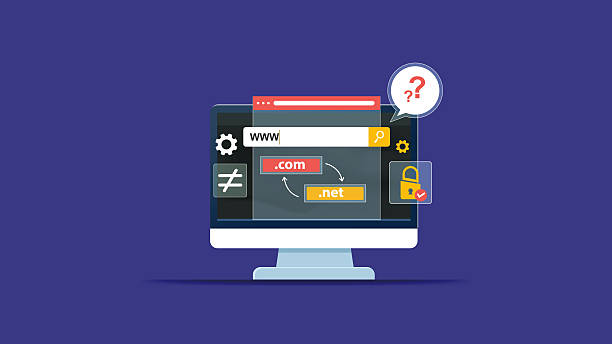Managing multiple domains can be a game-changer for businesses looking to expand their digital presence, reach different audiences, or protect their brand. But without a proper strategy, things can quickly get complicated: from technical issues to inconsistent branding and SEO challenges. Whether you own multiple domains for different products, locations, or marketing campaigns, staying organized and strategic is key.
This article will help you to approach managing Multiple domains with tact, to maximize the full potential of your business.
Table of Contents
8 Best Practices To Manage Multiple Domains For Your Website.
1. Centralize Domain Management:
Keeping track of multiple domains across different registrars can lead to confusion and missed renewals. It is best to use a single domain registrar or a domain management platform to keep everything in one place. This makes it easier to manage settings, renewals, and security features from a single dashboard.
Solution:
Choose a reputable domain registrar that supports multiple domain management and offers features like auto-renewal, DNS management, and WHOIS privacy protection. Tools like GoDaddy, Namecheap, or Cloudflare are great options for centralized control.
2. Align Domains with Business Strategy:
Each domain should serve a specific purpose that aligns with your overall business goals. Whether you are targeting different geographic regions, launching new products, or protecting your brand, having a clear strategy helps avoid unnecessary domain clutter.
Solution:
Create a domain strategy document outlining the purpose of each domain. Identify primary domains, marketing domains, and defensive domains to prevent competitors from using similar names.
3. Maintain Consistent Branding:
When managing multiple domains, it is important to maintain a cohesive brand identity. Inconsistent messaging or design can confuse customers and dilute your brand’s impact.
Solution:
Ensure that logos, colors, tone of voice, and content align across all domains. If some domains serve different markets, adapt the content without straying from core brand guidelines.
4. Set Up Proper Redirects:
If you have multiple domains pointing to the same website or different sections of a site, setting up 301 redirects ensures a seamless user experience and helps consolidate SEO authority.
Solution:
Use permanent 301 redirects for domains not hosting unique content. This guides visitors to the right destination and prevents duplicate content issues that could harm your search engine rankings.
5. Monitor Domain Security:
Multiple domains mean multiple points of potential vulnerability. If one domain is compromised, it can damage your entire digital ecosystem.
Solution:
Use strong, unique passwords for your domain registrar accounts, enable two-factor authentication, and invest in SSL certificates for every domain. Consider domain-locking features to prevent unauthorized transfers.
6. Keep Domains Renewed and Up-to-Date:
Letting a domain expire can lead to loss of traffic, brand credibility, and even opportunities for cybersquatting. Keeping everything up to date ensures continued access and security.
Solution:
Set up auto-renewals for all domains and regularly review your portfolio to drop any domains no longer serving your strategy. Keep contact information current to receive important renewal notices.
7. Optimize SEO Across Multiple Domains:
Having multiple domains can sometimes hurt your SEO if search engines see them as competing or duplicate content. A solid SEO strategy helps avoid this issue and maximizes visibility.
Solution:
Decide on a primary domain for your main website and use canonical tags for duplicate content across domains. Avoid keyword cannibalization by differentiating content across each site.
8. Track Domain Performance:
Without proper tracking, it is hard to know which domains are driving traffic or converting users. Performance monitoring helps you understand the value of each domain in your portfolio.
Solution:
Use tools like Google Analytics and Google Search Console to monitor traffic, engagement, and SEO performance for each domain. Track domain-specific campaigns and analyze their impact on your overall goals.
Conclusion
Managing multiple domains doesn’t have to be overwhelming with the right strategy and tools, you can keep things organized, secure, and optimized for success. Centralizing management, aligning domains with business goals, and maintaining consistent branding ensures each domain serves a clear purpose. It will also help in keeping security tight, optimizing SEO, and tracking performance, you’ll turn your domain portfolio into a powerful asset for your business growth.





